Scientists who study black holes can rest assured that their field will deliver astounding and mind-bending findings, year after year. And 2021 was no exception, with many exciting new results regarding these strange gravitational beasts. Here, we take a look at this year's most captivating black hole discoveries and how they've advanced our understanding of the universe.
Fastest spinning black hole
Even the best studied black holes still yield surprises. In February, physicists revised their estimates of the properties of the cosmic monster sitting in the heart of the Cygnus X-1 system, which also happens to be the first black hole ever confirmed to exist. Originally discovered nearly 60 years ago, the Cygnus X-1 black hole was found to be 50% more massive than previously thought, making it 21 times the sun's mass, and spinning very close to the speed of light, setting a new record for black hole rotation. The black hole in Cygnus X-1 is located about 7,200 light-years away and is slowly consuming a blue supergiant companion star, providing researchers with new insights into such processes.
Read more: Astronomers find the fastest spinning black hole to date
Spaghettified star seen and simulated
When a star wanders too close to the edge of a black hole, gravitational forces will pull it apart into long strands that get sucked down the black hole's maw. This process, known as "spaghettification," produces light as the stellar material heats up via friction, allowing astronomers to capture the grisly act in all its glory. In May, researchers for the first time spotted a star being shredded and devoured in this way by a black hole weighing an astounding 30 million times the mass of the sun and located in the center of a galaxy 750 million light-years from Earth. In addition to capturing important data about spaghettification, the observations helped scientists create an incredible visualization of the stellar ingestion.
Read more: Hapless star 'spaghettified' by black hole. And astronomers capture the gory show in a first.
LIGO proves Hawking right
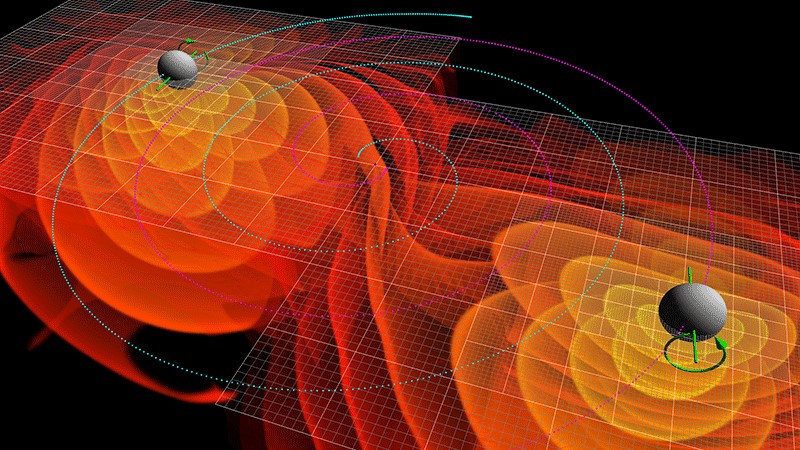
In June, researchers with the Laser Interferometer Gravitational-Wave Observatory (LIGO) watched two gigantic black holes merge into a single entity and analyzed the ripples in the fabric of space-time called gravitational waves created as the black holes spiraled toward each other at high speed. They found that the resulting black hole's surface area was larger than the first two combined. In addition to providing amazing data, the findings help prove a 1971 conjecture from British astrophysicist Stephen Hawking known as the black hole area theorem. The theorem states that it is impossible for the surface area of a black hole to decrease over time, a law Hawking derived using both Einstein's theory of general relativity as well as his understanding of entropy. While the results were a victory for Hawking, they leave physicists with a head scratcher. According to quantum mechanics, black holes should be able to shrink and evaporate, and so it's unclear how to square that with Hawking's law that their surface area must also always increase.
Read more: Famous Stephen Hawking theory about black holes confirmed
Sign up for the Live Science daily newsletter now
Get the world’s most fascinating discoveries delivered straight to your inbox.
Black hole and neutron star merger
LIGO had a bevy of black hole findings to deliver in June, when researchers working with the facility announced that, for the first time, they were confident that they'd seen black holes merging with compact entities called neutron stars. Along with black holes, neutron stars are one potential end result of a massive star's death, when the star explodes as a supernova and leaves behind a remnant. While LIGO had previously seen hints of potential black hole-neutron star mergers, it wasn't until this year that two signals conclusively proved such mergers were happening. Both detections occurred in January 2020, roughly 10 days apart. The first involved a black hole with about six times the sun's mass devouring a neutron star one and a half times the sun's mass, while the second involved a black hole about nine times the mass of the sun and a neutron star about twice as massive as the sun.
Read more: Scientists catch 1st glimpse of a black hole swallowing a neutron star
Early black hole blows a storm
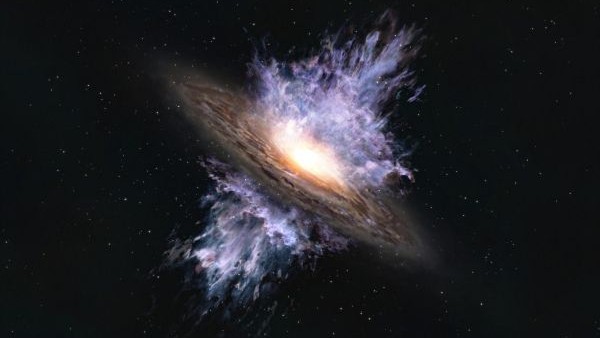
Almost every known galaxy has a supermassive black hole in its center, suggesting that there is a tight relationship between the two cosmic entities. But scientists still don't understand how a black hole affects its galactic host. Research released in June showed high-speed winds being blown from a 13 billion-year-old galaxy, one nearly as old as the universe itself. This is the earliest detected example of galactic wind, which is burped out of supermassive black holes as they consume surrounding gas and dust. Furthermore, the powerful winds — traveling at roughly 1.1 million mph (1.8 million km/h) — move fast enough to propel material all over the galaxy and likely hinder star formation. This suggests that galaxies and their black holes have an ancient and very tight bond.
Read more: Scientists spot earliest-known supermassive black hole 'storm'
Light echoes prove Einstein right
Stephen Hawking was not the only one racking up the black hole wins this year. In July, astronomers captured X-rays flaring from a supermassive black hole in the center of a spiral galaxy called Zwicky, which is 1.8 billion light-years away. The researchers not only detected light coming from the front of the black hole, buty also managed to find strange echoes of light that they initially couldn't place. These turned out to originate from the back of the black hole, meaning that the mammoth entity was warping the fabric of space-time so much that light was being pulled from one side of the black hole to the other. This process is exactly what would be expected from Einstein's theory of general relativity but, until now, hadn't been definitively detected.
Read more: Light from behind a black hole spotted for 1st time, proving Einstein right
Aliens could be using black hole power
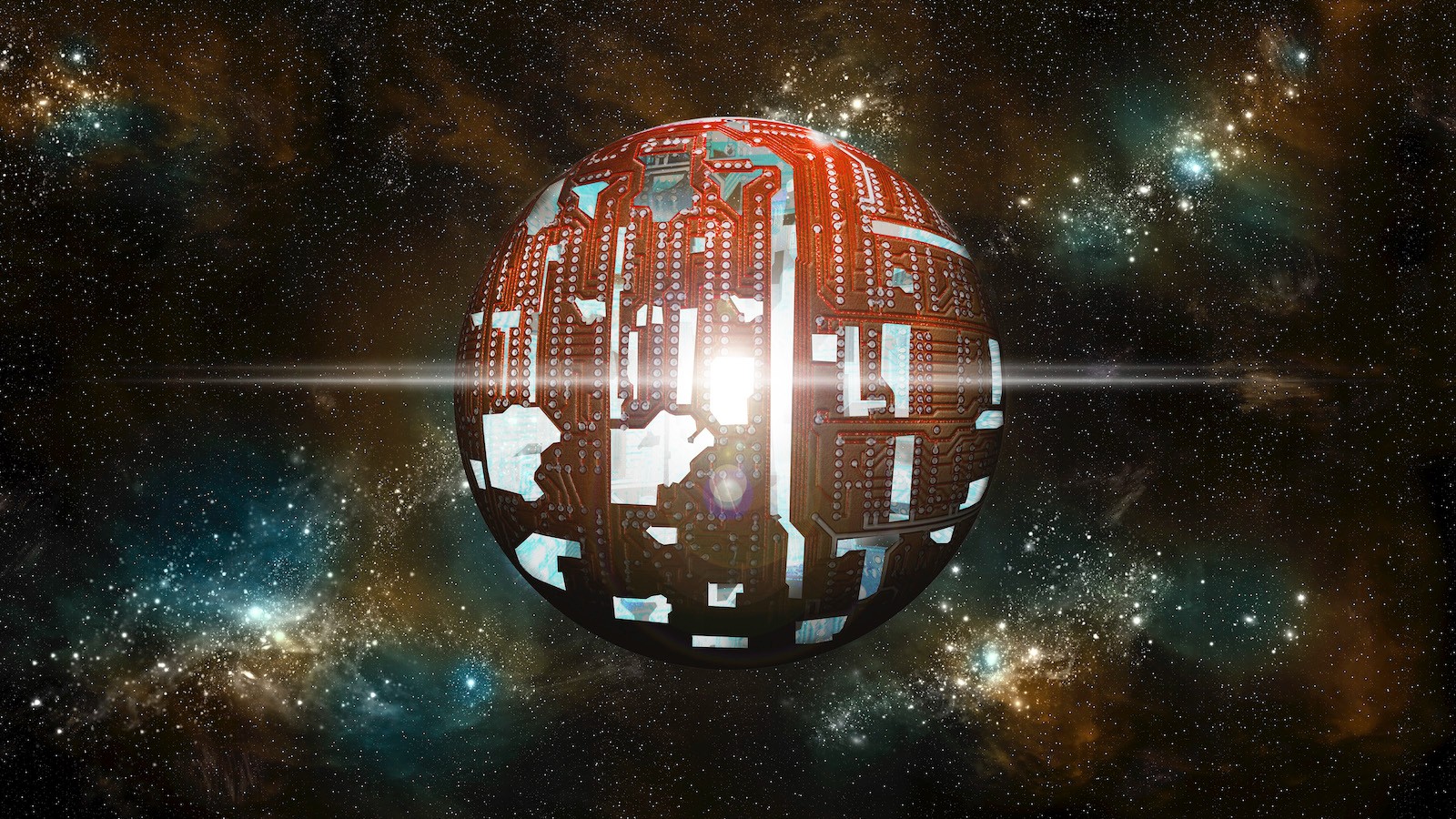
Scientists are not above speculating, as long as their conjectures are informed by relevant data. In August, a team of astronomers in Taiwan suggested that technological aliens might be harvesting energy from black holes using hypothetical megastructures known as Dyson spheres that encircle a star. Despite being thought of as dark, black holes give off large amounts of energy as they feed on surrounding material, which heats up and radiates as light. The astronomers wondered if an extraterrestrial species might place orbiting platforms coated in something akin to solar panels around a black hole to absorb its energetic blasts. Since black holes are smaller than stars, this would allow the aliens to save on construction materials, and potentially allow them gather incredible amounts of power.
Read more: Alien 'Dyson spheres' could be harvesting the power of black holes
Wandering black holes might settle in our galaxy
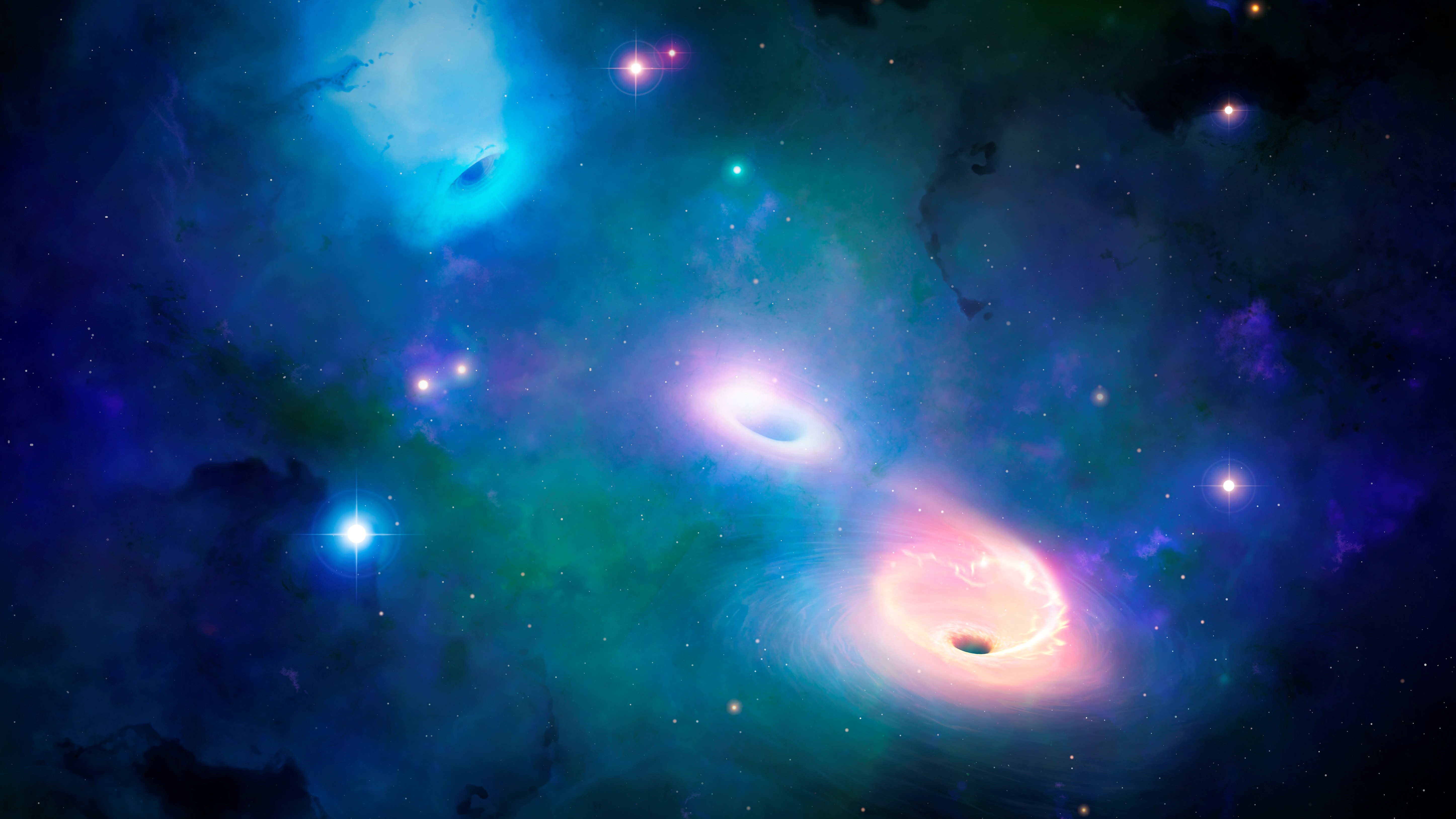
Roughly 12 enormous invisible black holes could be lurking on the outskirts of the Milky Way. That was the takeaway in August, when researchers released results from a new simulation of galaxy collisions. During such monumental events, gravitational forces could cause supermassive black holes, weighing millions or billions of times that of the sun, to go flying and wander the inky depths of the cosmos. Some of these may subsequently settle in the halos of galaxies like our own, with a Milky-Way-size galaxy expected to host about 12 on average. Astronomers hope to figure out how to search for these lost giants to see if their simulations are correct.
Read more: Rogue black holes could be wandering at the edges of the Milky Way
Nearest black hole couple spotted
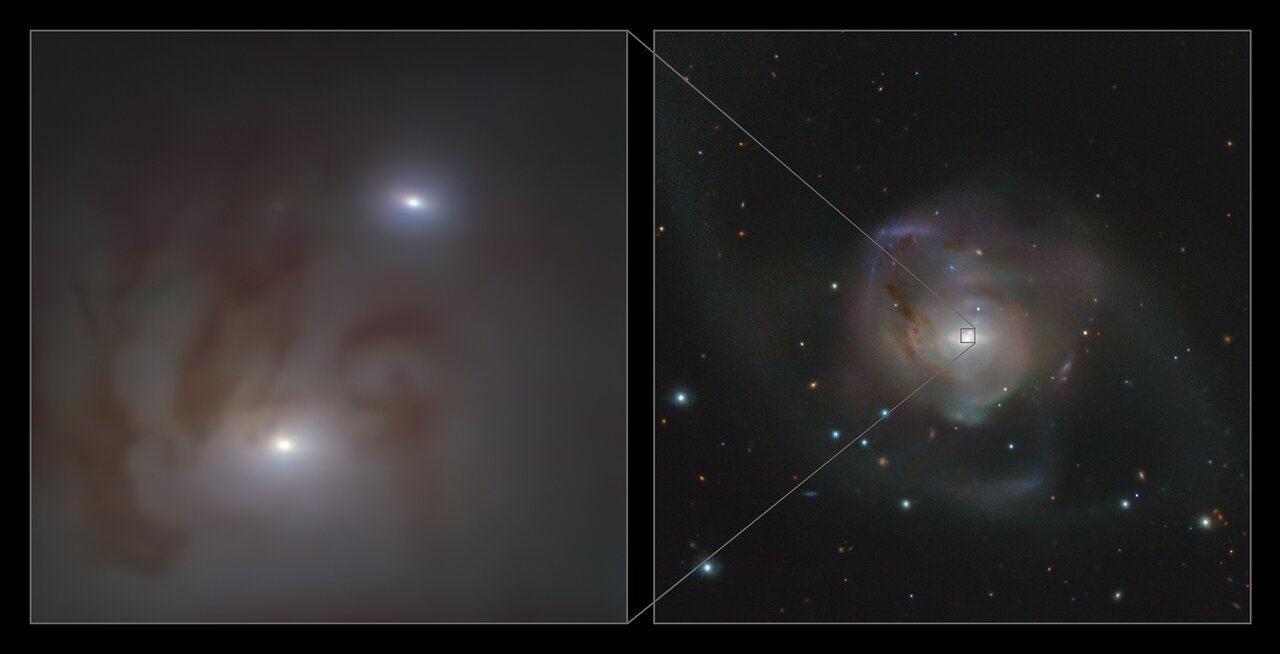
In December, telescopes captured evidence of the closest black hole pair to our own planet, a duo spinning around one another some 89 million light-years away from Earth in the constellation Aquarius. The previous record-holding black hole pair is located five times farther away than this one, meaning scientists have the opportunity to study such systems in greater detail than before. Both members of the duo are heavyweights — the larger has a mass of almost 154 million suns, while the smaller is 6.3 million times more massive than our star. They orbit one another with a separation of a mere 1,600 light-years, a pittance in cosmic terms and another record, indicating that they will merge into one giant black hole 250 million years from now.
Read more: This pair of merging black holes is the closest to Earth we've ever found
A black hole too big for its galaxy

A tiny galaxy orbiting our own at a distance of about 820,000 light-years appears to contain an oddity. The Leo I dwarf galaxy, which is 50 times smaller than the Milky Way, hosts an outsized black hole, one with almost the same mass as the black hole in the Milky Way's center. Astronomers are baffled as to how such a large black hole came to reside in such a small galaxy. "There is no explanation for this kind of black hole in dwarf spheroidal galaxies," María José Bustamante, an astronomy doctoral graduate at the University of Texas, Austin, said in a statement. Figuring out precisely what this means for both black hole and galactic evolution will have to wait for the coming years.
Read more: Giant black hole inside a tiny satellite galaxy defies explanation
Originally published on Live Science.

Adam Mann is a freelance journalist with over a decade of experience, specializing in astronomy and physics stories. He has a bachelor's degree in astrophysics from UC Berkeley. His work has appeared in the New Yorker, New York Times, National Geographic, Wall Street Journal, Wired, Nature, Science, and many other places. He lives in Oakland, California, where he enjoys riding his bike.










